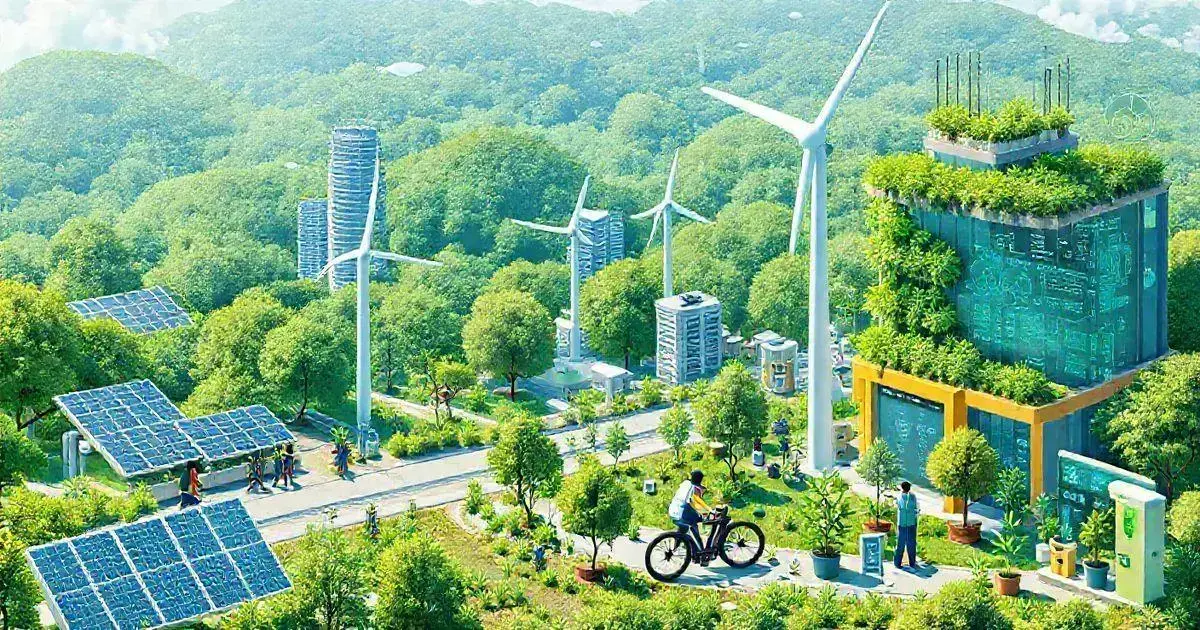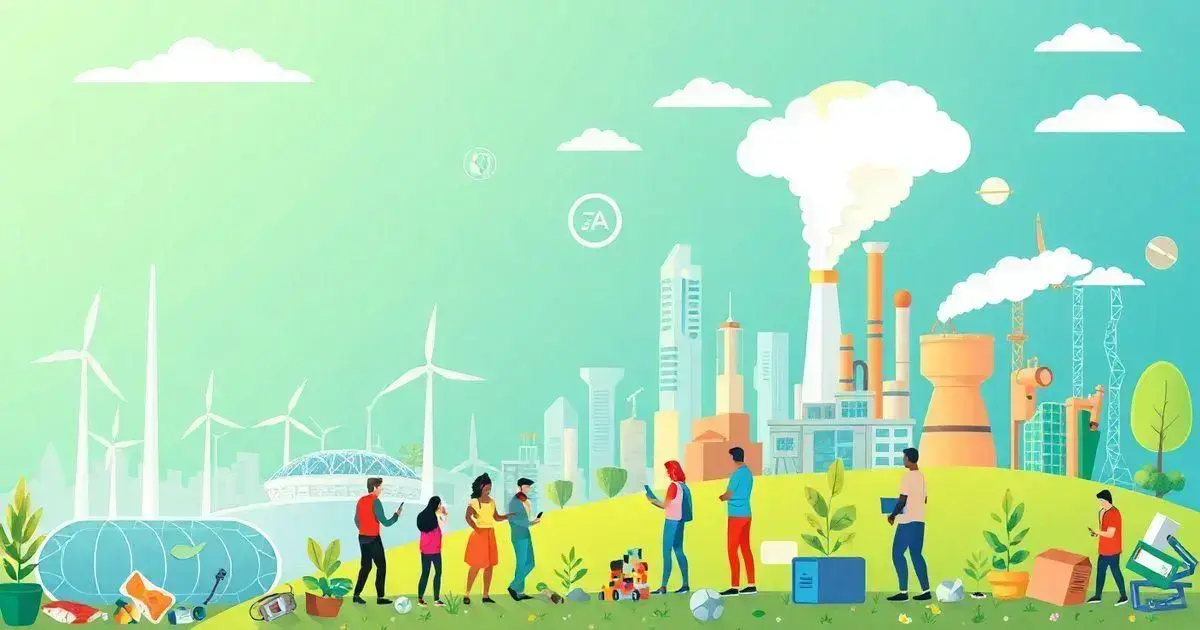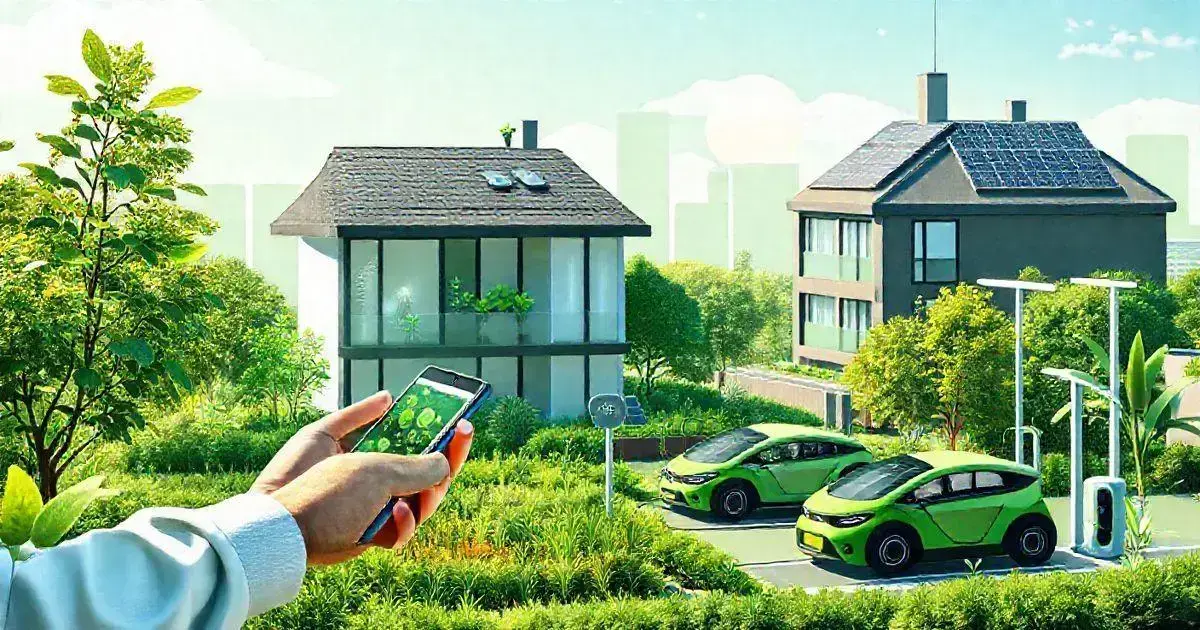Tech for environmental sustainability is transforming how we tackle climate change and protect natural resources. Innovative solutions are enabling industries to reduce their carbon footprint, optimize energy consumption, and promote eco-friendly practices. From smart grids to AI-driven conservation efforts, technology is driving a more sustainable future.
Advancements in renewable energy, waste management, and sustainable agriculture are proving that technology can be a powerful tool in preserving the environment. Companies and governments worldwide are investing in green tech solutions to combat pollution, enhance resource efficiency, and mitigate environmental risks. These innovations not only benefit the planet but also create economic opportunities.
What are the most impactful tech for environmental sustainability innovations, and how are they shaping the future? Exploring the latest breakthroughs and real-world applications provides valuable insight into how technology is leading the way toward a greener world.
Understanding Tech’s Role in Sustainability
Understanding Tech’s role in sustainability is essential as we strive to protect our planet’s resources. Technology offers innovative solutions to environmental challenges, making it a crucial ally in our quest for a greener future.
For instance, renewable energy technologies, such as solar panels and wind turbines, help reduce dependence on fossil fuels. These technologies not only decrease carbon emissions but also create sustainable energy sources.
Moreover, smart home systems enable individuals to monitor and manage energy consumption efficiently. By using smart thermostats and energy-saving appliances, households can significantly lower their environmental impact.
In agriculture, precision farming technologies allow farmers to optimise resources, using just the right amount of water and nutrients. This approach minimises waste and promotes sustainable farming practices.
Lastly, conserving biodiversity is another critical area where technology plays a role. Drones and tracking devices help researchers monitor wildlife populations and habitats, facilitating conservation efforts.
In summary, technology is not just a tool; it is a change agent that empowers us to tackle environmental issues and create sustainable solutions.
Innovative Technologies for Eco-Friendly Practices

Tech for Environmental Sustainability plays a vital role in promoting eco-friendly practices across various sectors. Energy-efficient appliances significantly reduce electricity consumption, helping to lower carbon footprints. By adopting Tech for Environmental Sustainability, households and businesses can decrease utility bills while contributing to a healthier planet.
Smart water management systems are another key innovation, enabling better monitoring and usage of water resources. These systems help detect leaks, automate irrigation, and ensure that water is used efficiently, particularly in agriculture. The integration of Tech for Environmental Sustainability in water conservation efforts can lead to more sustainable resource management.
In the transportation sector, electric vehicles (EVs) provide a cleaner alternative to traditional petrol and diesel cars. As battery technology advances, EVs become more accessible and practical for everyday use, reducing greenhouse gas emissions. Sustainable building technologies, such as solar panels and energy-efficient insulation, further highlight how Tech for Environmental Sustainability is transforming the way we design and construct buildings.
Embracing these innovations can provide significant benefits for the environment while improving our quality of life. As Tech for Environmental Sustainability continues to evolve, industries and individuals have greater opportunities to adopt sustainable solutions that drive positive environmental change.
Case Studies: Success Stories in Sustainability
Case studies provide valuable insights into successful sustainability initiatives around the world. One notable example is the City of San Diego, which implemented a comprehensive Climate Action Plan. This plan focuses on transitioning to 100% renewable energy by 2035 and has already seen significant investments in solar and wind power.
Another inspiring story comes from Unilever, a global consumer goods company. Unilever has committed to sourcing all of its agricultural raw materials sustainably by 2020. Their “Sustainable Living Plan” aims to reduce environmental impact while increasing waste reduction.
In the tech sector, Google has made strides by operating its data centres on renewable energy. The company has committed to operate on 24/7 clean energy by 2030, a move that sets a benchmark for large corporations.
Additionally, Interface, a carpet tile manufacturer, has led the way in sustainability with its “Mission Zero” initiative, aiming to eliminate any negative impact on the environment by 2020. Their innovative use of recycled materials has significantly reduced waste.
These case studies show that combining technology and sustainability can yield positive outcomes for businesses and the planet.
Challenges and Solutions in Sustainable Tech

Tech for Environmental Sustainability faces several challenges due to the fast-paced nature of technological innovation. One major obstacle is cost, as many sustainable technologies require high upfront investments, making them less accessible for smaller businesses. Without proper funding and incentives, the adoption of Tech for Environmental Sustainability can be significantly hindered.
Another challenge is market acceptance. Many consumers hesitate to embrace new sustainable solutions, often preferring traditional methods. To promote Tech for Environmental Sustainability, education and awareness campaigns are crucial in demonstrating its long-term benefits, efficiency, and positive environmental impact.
Data privacy also presents an issue, particularly with technologies like smart sensors and energy monitoring systems. Companies must handle data responsibly and comply with regulations to build trust. Additionally, integrating Tech for Environmental Sustainability into existing infrastructure can be complex, requiring customized solutions that align with business needs.
Overcoming these barriers requires strong support from governments and industry leaders. Incentives, subsidies, and investment programs can lower costs and encourage businesses to prioritize Tech for Environmental Sustainability, driving widespread adoption and long-term success.
The Future of Technology in Environmental Efforts
The future of technology in environmental efforts looks promising. As we face major challenges like climate change, technology will be essential in finding solutions. Renewable energy sources, such as solar and wind, will continue to advance. These technologies are vital for reducing our reliance on fossil fuels.
Another exciting area is smart cities. By using sensors and data analytics, cities can improve energy efficiency, manage waste better, and monitor air quality. This tech-driven approach helps create healthier environments.
In agriculture, precision farming will become more prevalent. Farmers will use drones and sensors to monitor crops, optimising water and nutrient usage. This not only increases yields but also minimises environmental impact.
Furthermore, biotechnology is set to revolutionise how we think about waste. By turning organic waste into valuable resources, we can close the loop in our production systems.
Overall, the integration of innovative technology will play a crucial role in enhancing environmental sustainability for future generations.
How Individuals Can Leverage Tech for Sustainability

Individuals can play a significant role in promoting sustainability through technology. One way to leverage tech is by using energy-efficient devices. These devices consume less power, reducing electricity bills and carbon footprints. Examples include LED bulbs, smart thermostats, and energy-efficient appliances.
Another important step is participating in recycling programs. Many technologies assist in recycling, such as apps that help track recycling schedules or identify recyclable materials. This makes it easier for individuals to commit to sustainable practices.
Transportation is also an area where tech can make a difference. Using public transportation apps can help individuals plan their trips and reduce reliance on cars. Additionally, car-sharing services can decrease the number of vehicles on the road, lowering emissions.
Smart home technology can further enhance sustainable living. Smart meters and sensors allow individuals to monitor and control their energy usage effectively, leading to behavioural changes that promote conservation.
Finally, engaging with community initiatives online can foster a sense of responsibility. Many platforms connect people with local sustainability efforts, encouraging collective action to protect the environment.
Embracing Technology for a Sustainable Future
As we have explored, technology plays an essential role in driving environmental sustainability. From renewable energy sources to smart agricultural practices, the potential for positive change is immense.
Individuals and businesses alike have a part to play. By adopting innovative technologies, we can reduce our carbon footprints and promote eco-friendly practices. It is important to understand that every small effort counts.
Furthermore, continued investment in research and development will be crucial for overcoming challenges and unlocking new solutions. Together, through technology and collaboration, we can create a more sustainable world for future generations.
Check out our article on Tech Innovation to explore how new technologies are revolutionizing industries and shaping the future.
